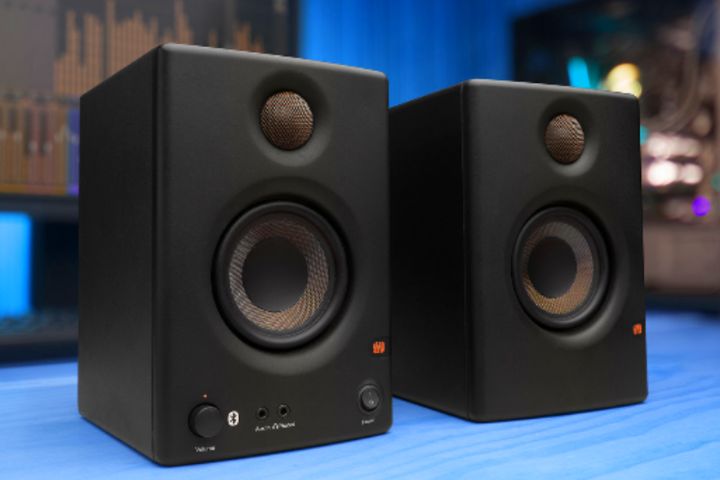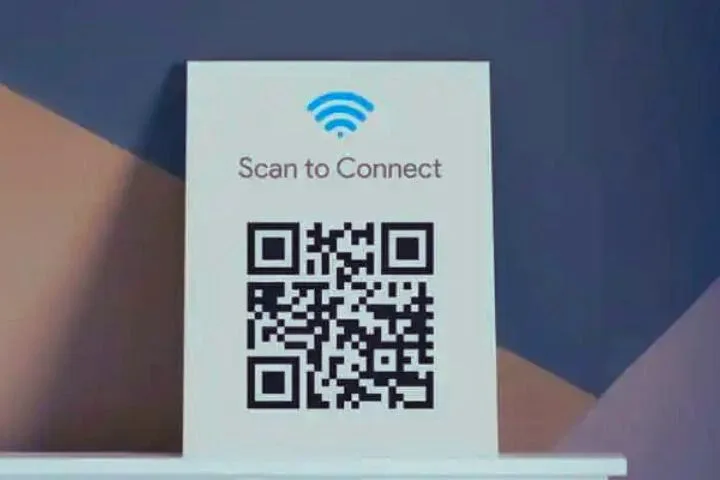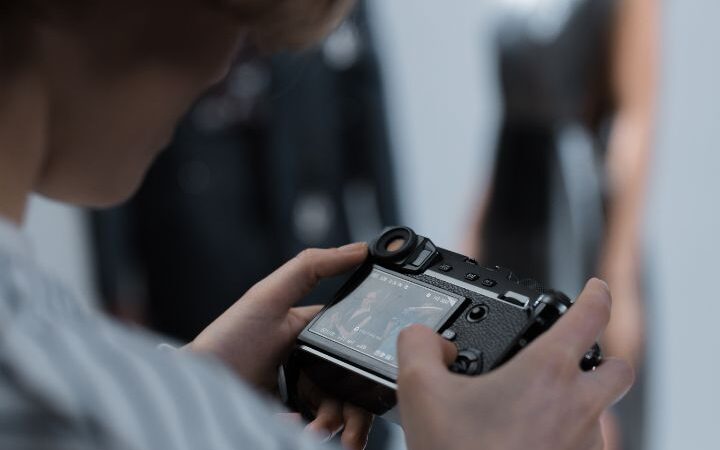Factors To Consider When Buying A Monitoring Speaker

Monitoring Speaker : Those who work in the studio, those who like to manipulate sound and audio know well the importance of sound quality in these areas. When working on it, the satisfaction of the ears to listen to a clear, clean and homogeneous sound is the most satisfying. That’s why it’s best to equip yourself with a monitoring speaker to ensure better control of the audio in the studio, in the evening and for any other occasion.
The market offers different models of monitoring speaker; and if you are not a good connoisseur, you might have difficulty choosing one. So what are the considerable factors when considering buying the best monitoring speaker? You will find them listed in the rest of this comparative guide, which is also accompanied by practical buying tips.
Table of Contents
Type
Monitoring speakers are most often used in studios, in sound work, so as to be able to specifically appreciate all the compositions of a sound in order to be able to rectify it if necessary. As a result, they are classified under a few categories for specific purposes and assessments.
Proximity or near-field speakers are useful for working with sounds in precision, perfect for sound engineers. And if you want a speaker that allows you to hear in a global way what is happening in the mix, you can choose a mid-field or medium-distance speaker. The main speaker is also another type to know. Some reviews say that the latter produces a greater influence of sound in the room. Apart from these specificities, there are also models that combine several types dedicated to professional recording studios.
Frequency Response
The goal with monitoring speakers is to obtain uncolored sounds that behave in the most neutral way possible to facilitate the mixing work in the studios or even at home. This makes the frequency range a considerable technical specification, it reflects the frequency range over which the speaker is supposed to be flat; the required characteristic.
In order not to be limited for the mix of bass drum, bass, drum machine kick, etc. the best is that the speaker can go down to 50 Hz and no less, so that it goes down correctly in the bass. In our opinion, the ideal would be to choose a monitoring speaker covering at least the frequency range 50 Hz – 20000 Hz. The acoustic side is also essentially considerable, in case the treatment is not perfect, we advise you to add a subwoofer.
Waist
We are not talking here about the size of the speaker, but about its speakers. In general, a monitoring speaker is composed of a tweeter for the restitution of high frequencies and high mids, and a boomer / woofer that will restore low frequencies and low mids. If you want to make sure that the speaker’s frequency response will drop into the bass, look for a large diameter boomer.
A size of 5 ” would be suitable for a small room if the 6 to 7 ” are said to be the standard size for home studios, tests have shown that the standard is sufficient to ensure good mixes. But if the answer in the bass matters a lot to you, an 8″ boomer will provide you with more details.
Tweeter Technology
In order to give satisfaction to customers, manufacturers integrate a certain technology into tweeters in order to properly manage the high mids and highs of sounds. In this case, you’ll hear about dome and ribbon tweets. If you are looking for a more accurate and analytical way, the ribbon ones would suit you; and for a more lively way in a reinforced atmosphere, dome tweeters are the perfect choices. Some reviews also claim that the latter is ideal for mixing and for music appreciation, while the other can sometimes be tiring.
Frequently Asked Questions
What is the difference between a studio monitoring speaker and classic multimedia speaker?
The classic multimedia speaker is dedicated for the general public, for listening to music in the atmosphere or for watching movies, etc. These speakers can color the sounds to end up producing a strong response in the bass and a powerful con, therefore. However, this coloring is not suitable for sound mixes, which is why the use of a monitoring speaker is necessary for studios.
It is designed on the basis of reproducing the flattest possible audio signals over the entire spectrum of audible frequencies. As a result, the response is more accurate and consistent across all volume levels. You will hear precisely the sound of all the elements of the mix, so that you can adjust the accents of the bass and treble. The meticulous engineering of the sounds will be offered to you by a monitoring speaker.
Choosing a passive or active monitoring speaker?
The difference lies in the arrangement or not of an internal power amplifier; the active one has while the passive does not. Even if the active monitoring speaker already benefits from this fact from having its own internal amplifier, it is less chosen for professional studios and home studios.
With a passive monitoring speaker, the user can choose his own power amplifier to control the sound. This implies a certain flexibility in the choice of components and configurations of multi-belted systems. Customization is at the rendezvous, in addition, this type of speaker is not expensive compared to the active type.
What differentiates proximity listening from primary listening?
When we talked about the types of monitoring speakers in the comparative guide, we mentioned the proximity and main speaker. It is an element to characterize them according to the listening configuration integrated into the design in relation to a listening distance. If you are used to getting closer to the speakers to listen accurately to the sounds, at a distance between 60 to 90 cm, a proximity speaker is for you. And for a distance greater than that, the main speaker will satisfy you.
Nearby listening is specifically aimed at the listener’s pillows, with a reduction in acoustic impact in the room and a slightly narrow frequency response. Sound experts have tested that it’s perfect for a more detailed mix. Their size is also more compact. As for the main speaker, they will reflect the sounds in every corner of the room, from the walls to the ceilings.
How much does a monitoring speaker cost?
Before buying a monitoring speaker, the comparator offers you to define your needs, because the price really varies from one model to another according to the richness of characteristics. Cheap models are sold in the vicinity of 80 to 200 dollars, while it is even possible to have one of the best high-end monitoring speakers at about 400 dollars.
Live A Better Sound Experience With A Monitoring Speaker
You will surely find pleasure in working with sound when you are equipped with good equipment. Thus, we advise you to pay attention to the choice of the model to buy; define your needs and analyze which one could satisfy you in them. In any case, we are sure that one of the models reviewed in this comparison of the best monitoring speakers of 2022 is suitable for you. Take advantage of our guide to make a smart purchase!
Also Read : How To Format Macbook






